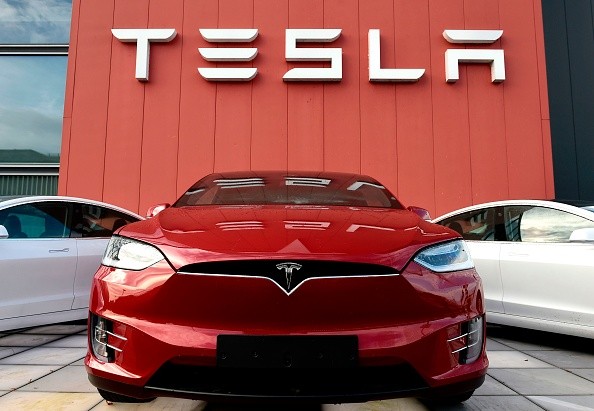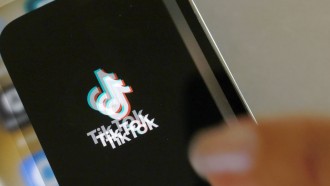Tesla electric vehicles run on batteries that get depleted after drives and trips, needing a charge on stations or at home to replenish it again. The question users have is if it is safe to charge the Tesla EV battery to its total capacity or percentage, which is 100 in the company's case.
Elon Musk answers this question and confirms that it is safe to do this for the car.
Tesla EV Batteries Can Charge to 100% Says Elon Musk

A Tesla user asked one of the most critical questions that an electric vehicle owner should know and ask their manufacturers, significantly as it can affect their usage of their cars. The user specified his Tesla Model 3 LF60 batteries, which the person leaves to charge up to 100 percent, which most EV owners do.
EVs are usually charged up to 100 percent so that users can get the extra miles that it requires compared to charging it up to 80 percent only.
Here, the Tesla CEO and boss, Elon Musk, said that drivers and Tesla EV car owners could charge their batteries up to 100 percent, about the LF60's power cells. The battery can handle the charge and still give its owners the whole experience of driving its full potential or maximum range, depending on their vehicle's specifications.
Yes. This is an advantage of iron cathode lithium batteries.
— Elon Musk (@elonmusk) February 22, 2022
Why Can the Batteries Charge to 100 Percent?
The EV batteries can charge to 100 percent because they can handle the source's power, says Musk. He specified that the LF60's power cells are iron cathode lithium which is robust to take the said charges for the electric vehicle to experience daily, particularly now that there are more EVs on the road.
It is essential to know the type of car and battery and ask its respective manufacturers for further information about the matter.
Smartphones, Other Batteries Cannot Go 100
Smartphones and other rechargeable devices cannot go a "full 100" when users replenish their depleted cells whenever connecting the device to a power source. The likes of Apple already brought its "Battery Health" feature to optimize charging when it reaches 80 percent to avoid battery strains, indicating that users unplug it at this time.
MacBooks and other laptop PCs also require users to charge only until 80 percent and have them unplug the power source. The constant charging and usage method is a myth in the technology world as some claim that charging it to full does not have significant effects on their devices, while some say it has changed.
So why are smartphone companies and other tech devices included "100 percent" to its battery percentage if it is only recommended to charge it at eighty?
For some, the total percentage only states the capacity of the battery to hold power but is not necessarily required for every replenishment.
Musk and Tesla assure the public that they can charge their EVs fully, unlike the smartphones and portable devices that may experience battery strain or less power that needs replacement. The key is its engineering and development that focuses on its power cells.
Related Article: Tesla Model 3 Updates Alleged 'Exaggerated' Range Claims on South Korea Web Page
This article is owned by TechTimes
Written by Isaiah Richard





